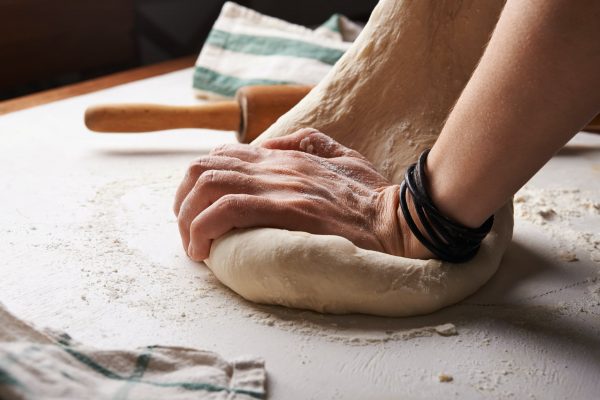
If you’re new to making delicious breads at home, you may quickly realize that it’s an art that can require lots of patience, TLC, and yeast. The world of yeast may be a bit confusing at first, and getting it just right so your loaf rises to perfection can take practice.
When it comes to yeast, there are two types that are most commonly used in at-home baking recipes — active dry yeast and instant yeast. If you’re standing in the baking aisle trying to gather your ingredients, don’t sweat the difference too much. Either will do just fine in most bread recipes, but it is important to know the difference between the two.
Instant yeast can be added directly into your dough, well, instantly, while active dry yeast needs to be dissolved in water and activated. Many bakers will perform a quick test with active dry yeast to ensure its freshness. To perform this test, you’ll need 1/2 cup of water that’s warmed (or whatever amount of liquid your recipe calls for) to 100°F, a tablespoon of sugar, and the active dry yeast. Simply stir the sugar into the warm water and add the contents of the active yeast packet. This combination will activate the yeast, and you’ll know it’s ready to be added to your dry ingredients once the yeast has dissolved completely and a “creamy foam” coats the surface of the water. If this foam doesn’t appear, it means that your yeast may have expired, and you’ll have to try again with a fresh packet.
ADVERTISEMENT
A lot of bakers will develop a preference between the two over time and are able to use their preferred method in any recipe with this one simple tip: if you’re substituting instant yeast when the recipe calls for activated dry yeast, simply reduce the amount you use by 25 percent, and vice versa.
Lastly, if you’re ever in a situation where you can’t find yeast at your local grocery store, don’t fret! Not all breads require yeast in the baking process, and there are plenty of options to replace yeast with common household ingredients in a pinch.
Image Source: